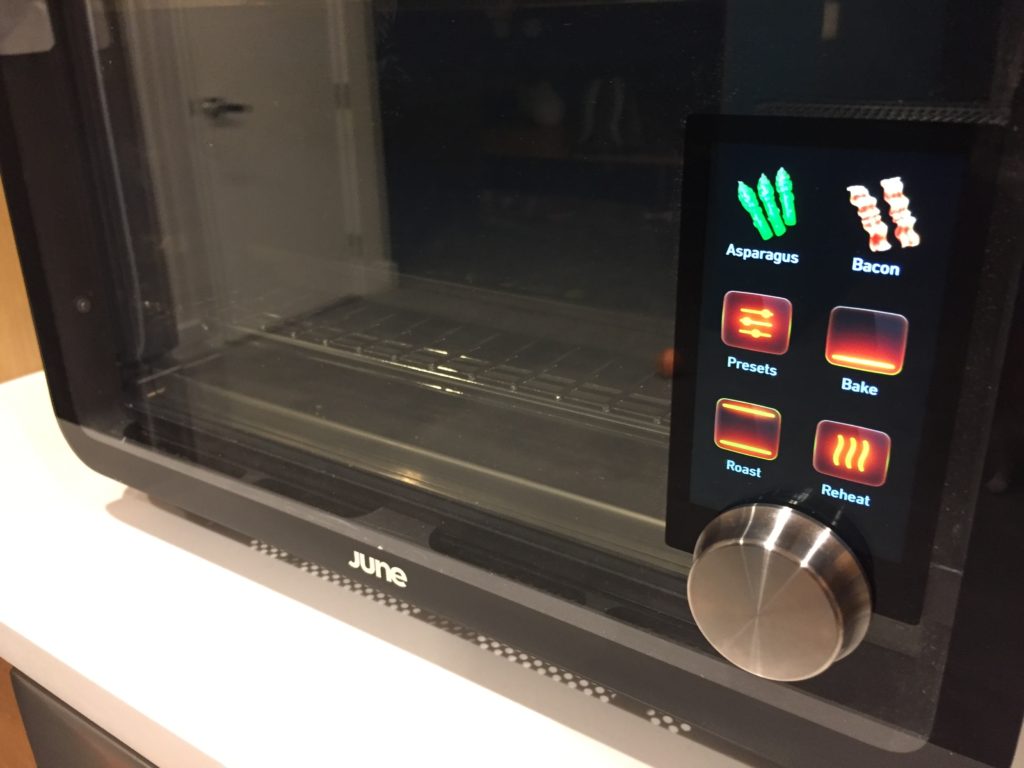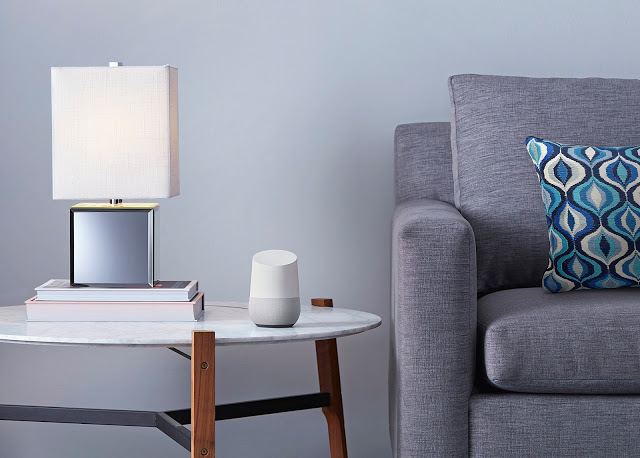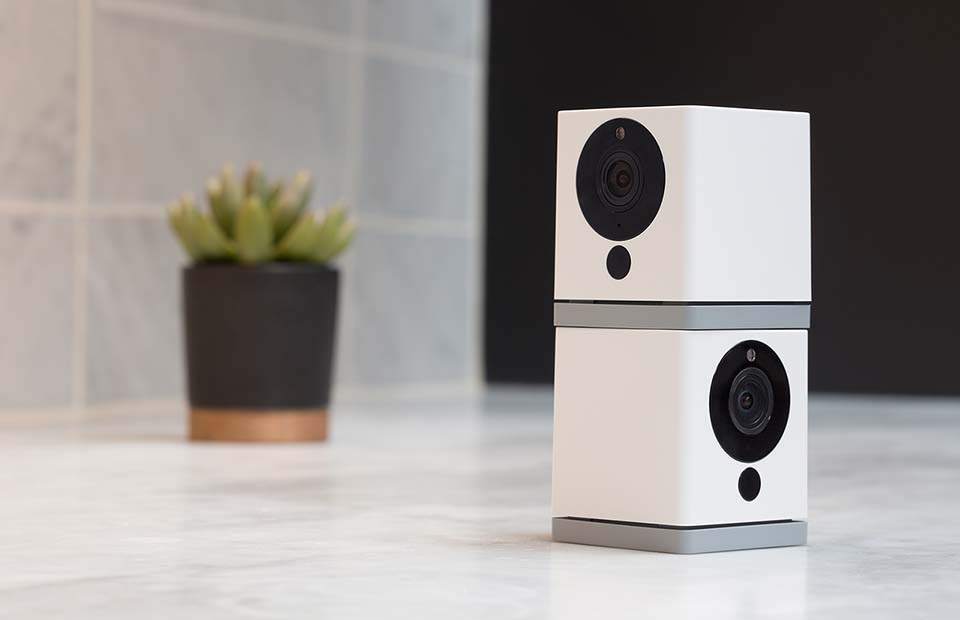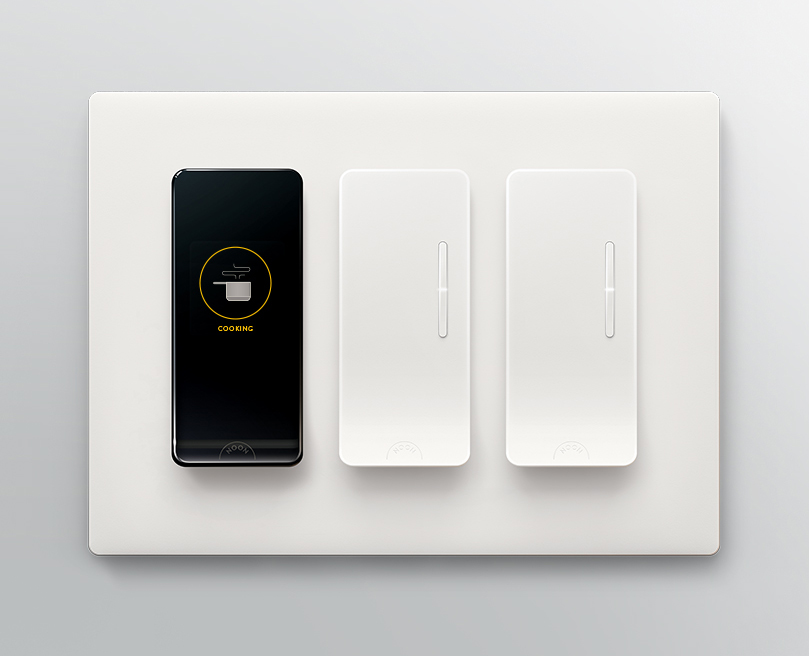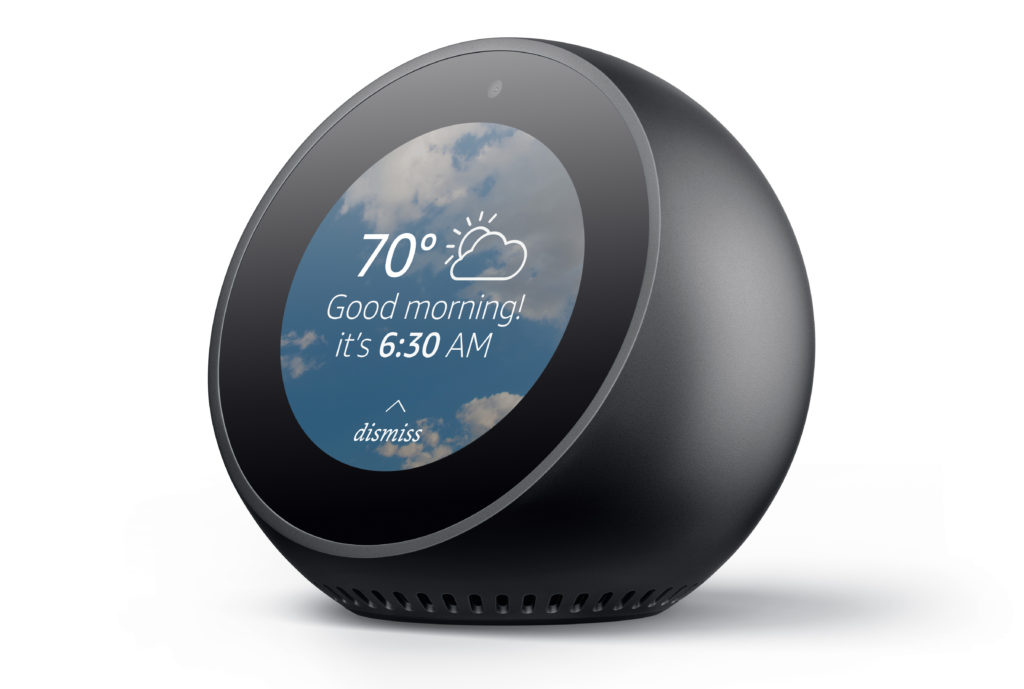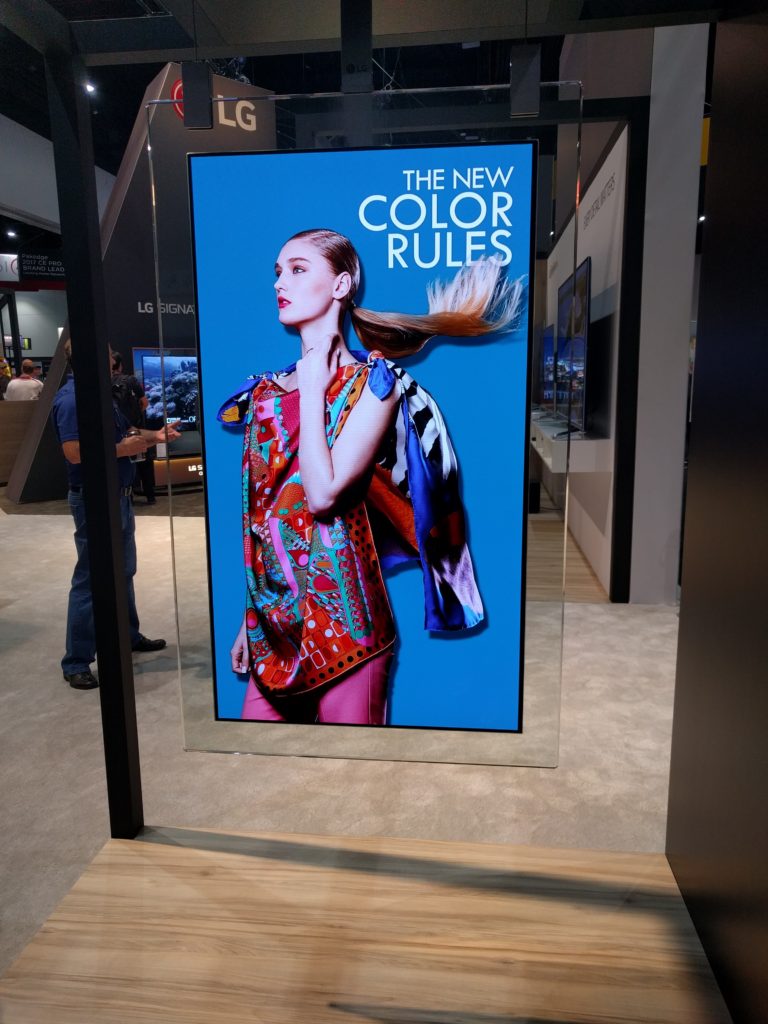We discuss two big news issues this week with the first being Foxconn’s offer to buy Belkin for $866 million. The deal would include the Wemo line of smart home devices and the Phyn leak detection joint venture. After that, data, privacy and surveillance rule the show in light of Facebook’s decision to delay its smart home speaker device. Before we lose hope in IoT entirely, Kevin brings up an effort in the UK to enshrine some basic consumer rights around the IoT including a device expiration date. We also talk about new Google Home skills, August’s updates, an acquisition by Particle, and Kevin’s thoughts on the Fibaro wall plug. We end our segment answering a question about smart door locks.
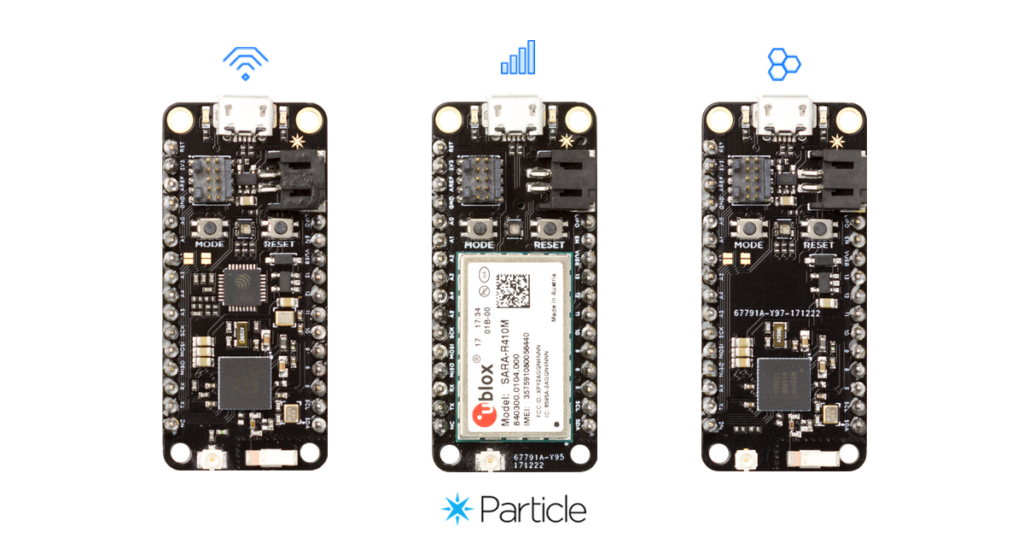
After the news segment, I interview Dr. Leslie Saxon who heads up the Center for Body Computing at USC, who believes that we’ll soon get 80 percent of our healthcare virtually. She talks about what we’ll need to make that happen and offers up a unique idea—a virtual version of herself that uses AI to provide basic care in her image and demeanor. The implications of all of this are pretty big, so we dig into two of the big ones; privacy and how it changes the relationship individuals have with healthcare. You’ll end up doing a lot more work. It’s an eye-opening episode.
Hosts: Stacey Higginbotham and Kevin Tofel
Guest: Dr. Leslie Saxon of USC
Sponsors: Samsung ARTIK and Ring
- Why Foxconn wants Belkin
- Why would anyone want a Facebook smart speaker?
- How the UK is advancing IoT security
- The virtual doctor is in your pocket, your car and even your airplane seat
- Get ready to take charge of your own healthcare
Podcast: Play in new window | Download | Embed
Subscribe: RSS


